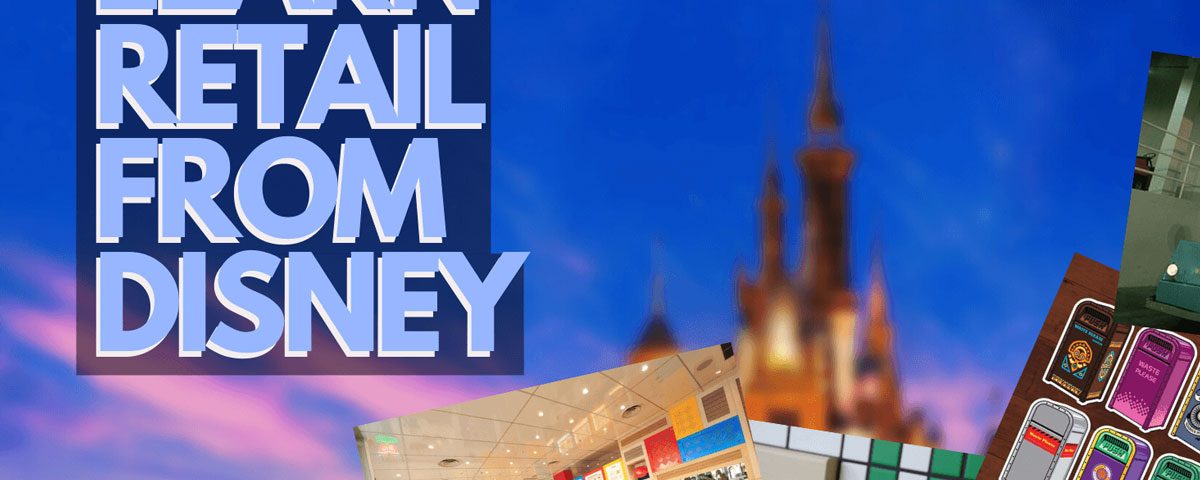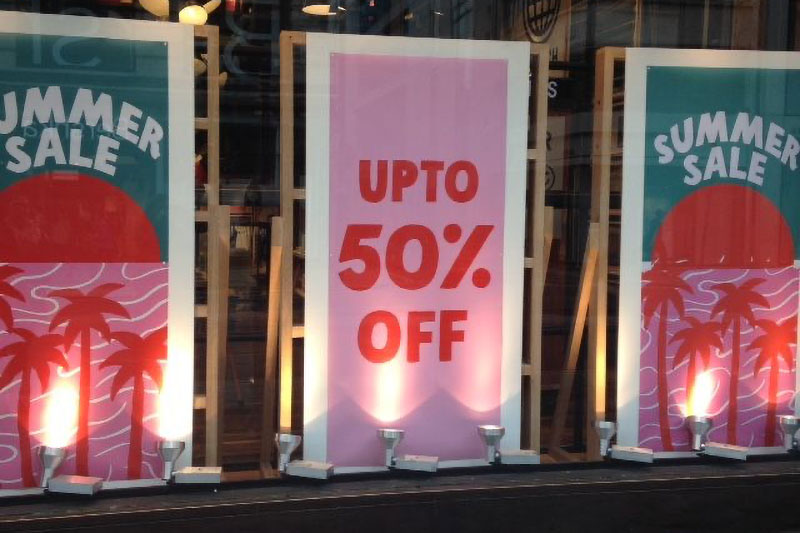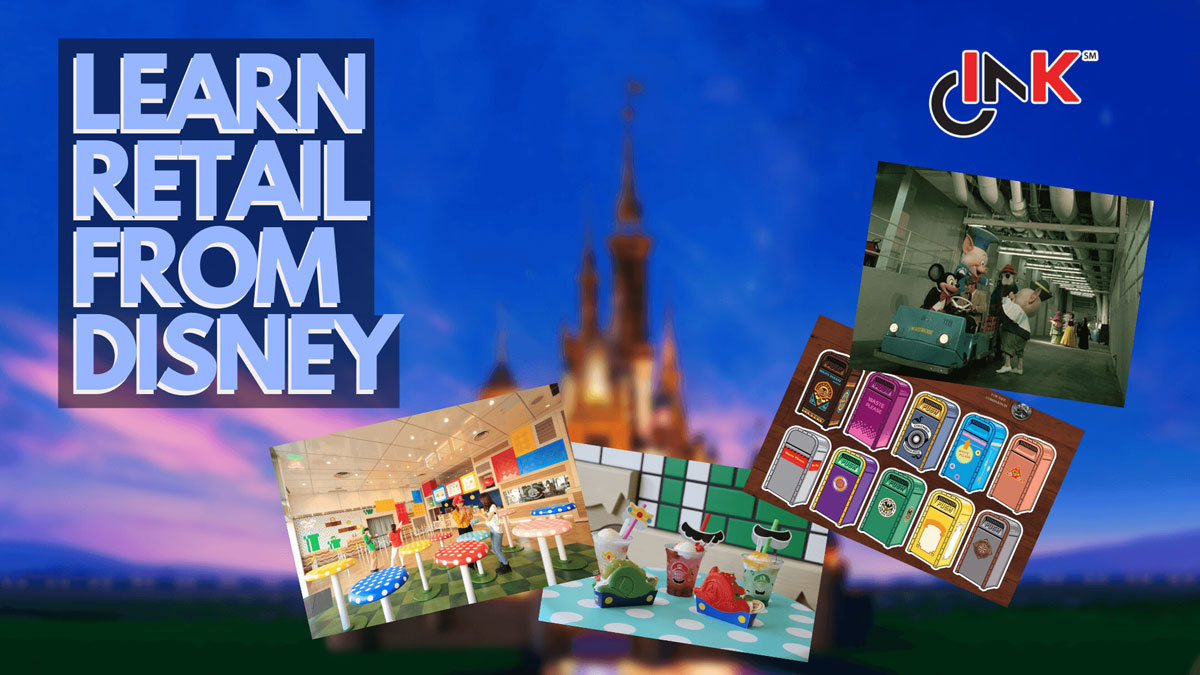
It is an interesting time for retail brands that are competing in the marketplace today. Despite massive growth for online retail, physical retail isn’t dying out. In fact, we’ll soon see online and offline shopping integrating into a seamless experience.
That means a lot of the old rules on retail still apply. Moving into the future, retailers could learn a thing or two from the surprising yet timeless principles of Disney World.
The global attraction does many things well on customer experience. But for this article, we’ll be looking at what marketers can learn from one aspect of Disney World — trash cans.
Disney pays attention to the smallest details, no matter how big it is
Walt Disney World Resort in Florida is one of the most visited tourist destinations in the world, standing at about 43 square miles or 111 square kilometers. It averages about 58 million visitors annually.
Yet, in order to ensure a magical experience for its visitors, the resort is known for getting the smallest details right.
Its trash cans are all themed according to the park they’re in. This has not escaped public attention, and has been noted by visitors extensively. Some go to Disney World just to see the trash cans!
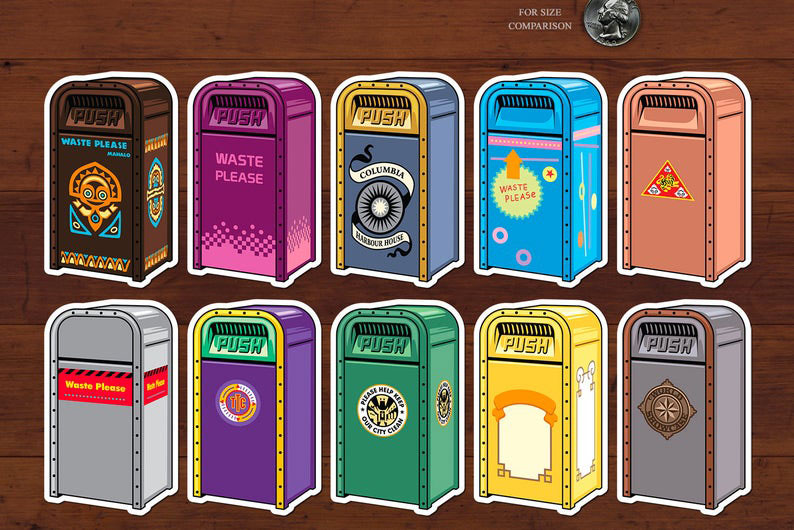
Fancy a Disney trash can sticker set on Etsy? (Source: Etsy)
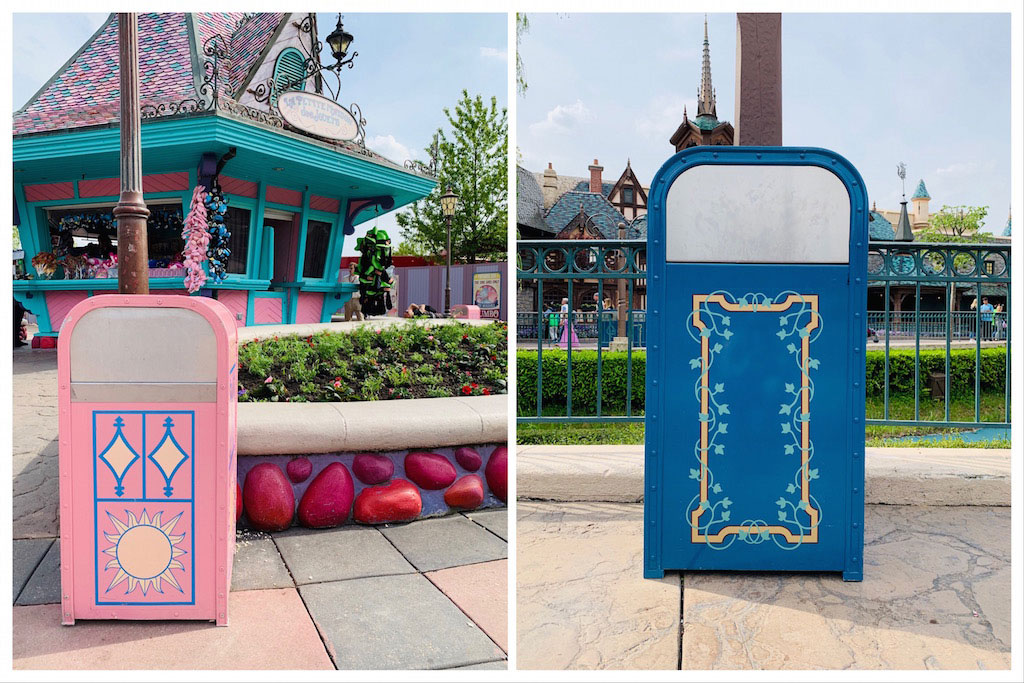
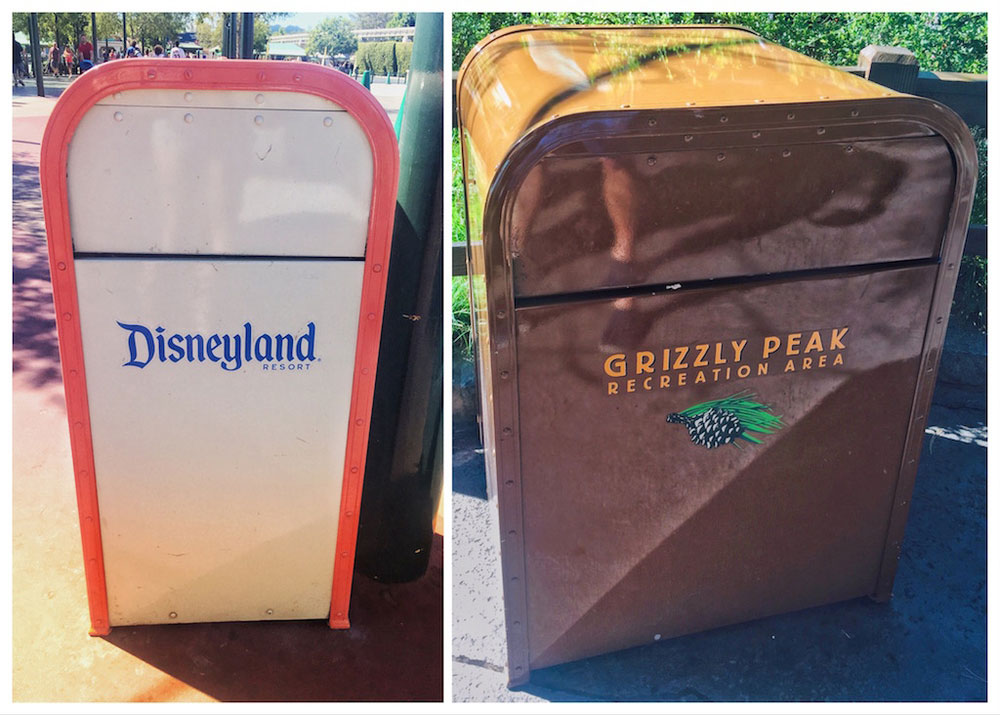
Source: Disney Information Station
The trash cans were made to go unnoticed and to serve the immersion experience of guests, but visitors take note of them because they noticed how much attention to detail Disney puts into the visitor experience.
Another example comes from Universal Studios Japan, which welcomed a Mario Cafe & Store late last year. Wherever you look, you find details that only bring you deeper into the experience.
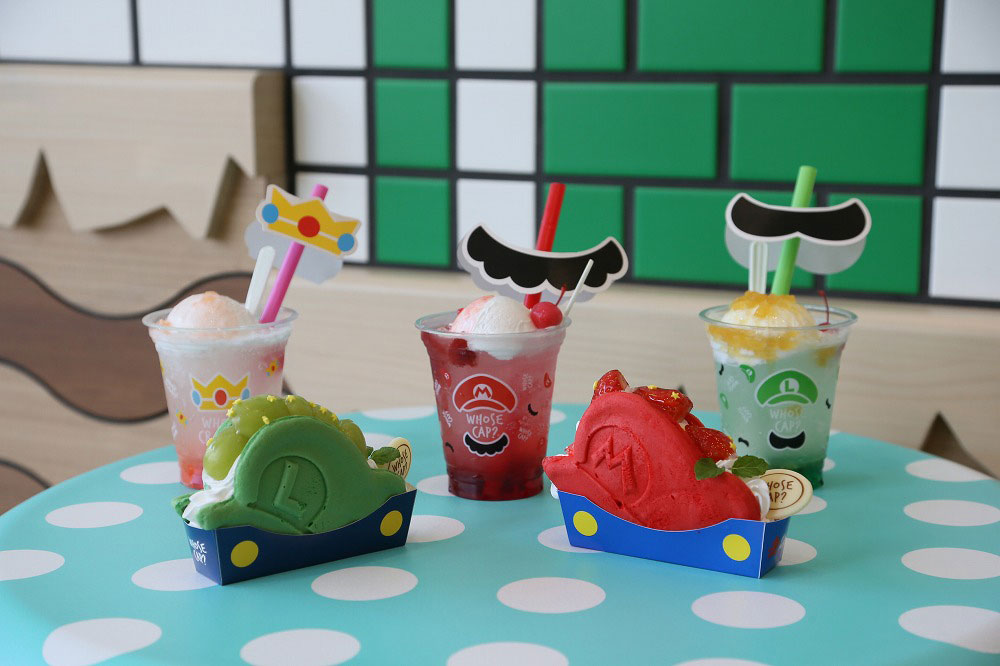
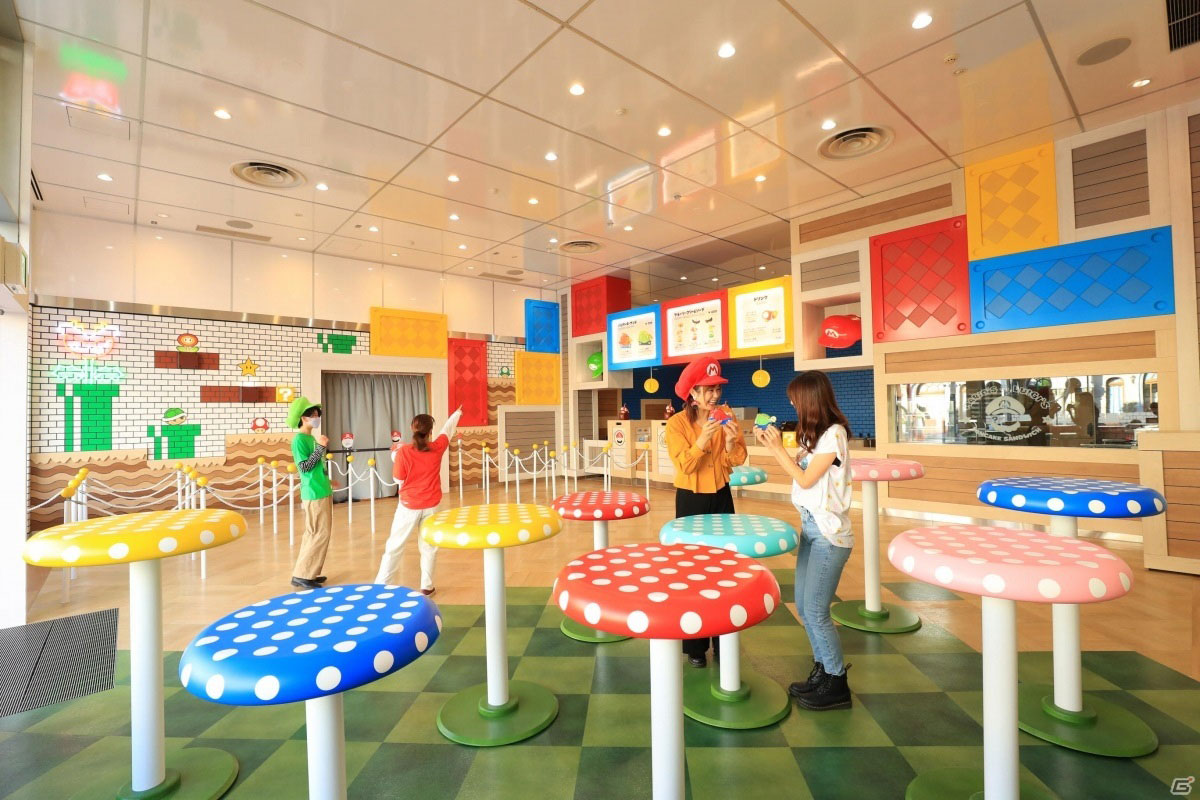
Source: Perfectly Nintendo
Customer experience is more than what looks good
Back to the topic of Disney trash cans. They go beyond fitting a consistent theme for a unified aesthetic appeal.
Disney World also uses what is called the Automated Vacuum Assisted Collection (AVAC) waste management system for Magic Kingdom, its most popular park. AVAC regularly sucks trash bags underground at a speed of 60mph to a centralized location for trash collection.
Of course, it has to be said that Disney World has an entire underground town called the Utilidors that is dedicated to all the work it takes to keep the magic alive for visitors on ground level.
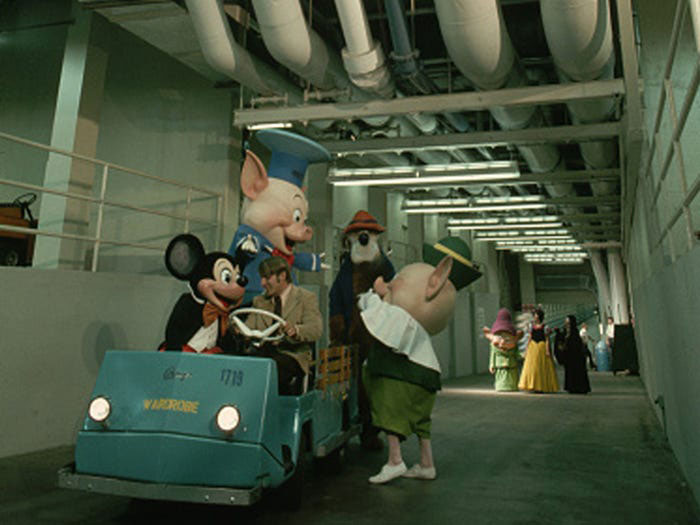
A whole different world underground at Disney World (Source: Pinterest)
With so many visitors at the resort every single day (pre-pandemic), it’s a wonder how they manage all the waste that is bound to accumulate. Yet, there is no smell of garbage, and visitors don’t see teams of collectors clearing trash from the themed cans.
Furthermore, when Walt Disney was first building his resort, he calculated the distance between when someone would buy food and when they would need to use a trash can for waste. To this day their trash cans are never more than 30 feet apart.
Disney World pays special attention to trash cans because they are among the most frequent customer touchpoints. Whichever theme park one chooses to visit, the use of trash cans is almost inevitable. For this the immersion experience of the visitor does not break wherever they look.
Questions retail marketers should ask
Many retailers don’t have the luxury of doing what Disney World does. But they can start asking a useful question that would help them elevate their retail experience.
What about their retail experience they have been ignoring that is a frequent touchpoint for customers?
For a small local business, this may mean remembering and showing extra care to repeat customers. For upscale supermarkets this could mean incorporating digital directories or kiosks for price checking and in-store maps. For others, it could simply mean including hand-written notes for deliveries.
None of these are prescriptive. What works varies from business to business.
Putting more effort into these touchpoints would mean more than extra convenience for customers. It would also mean an elevated overall experience for them from the start to the end of the customer journey.

